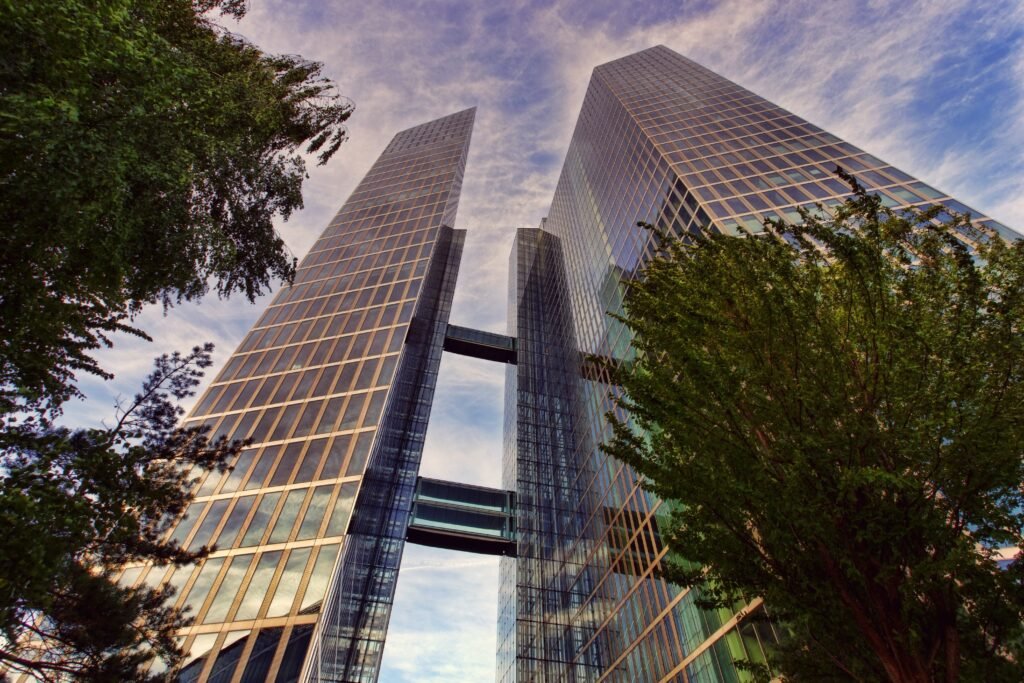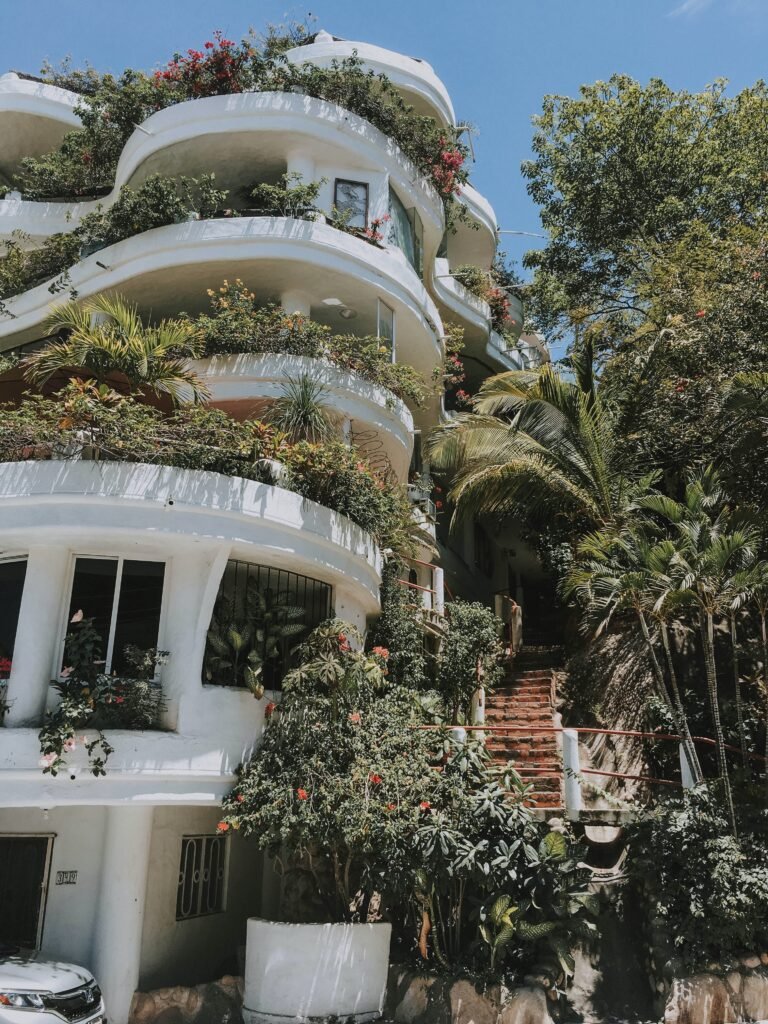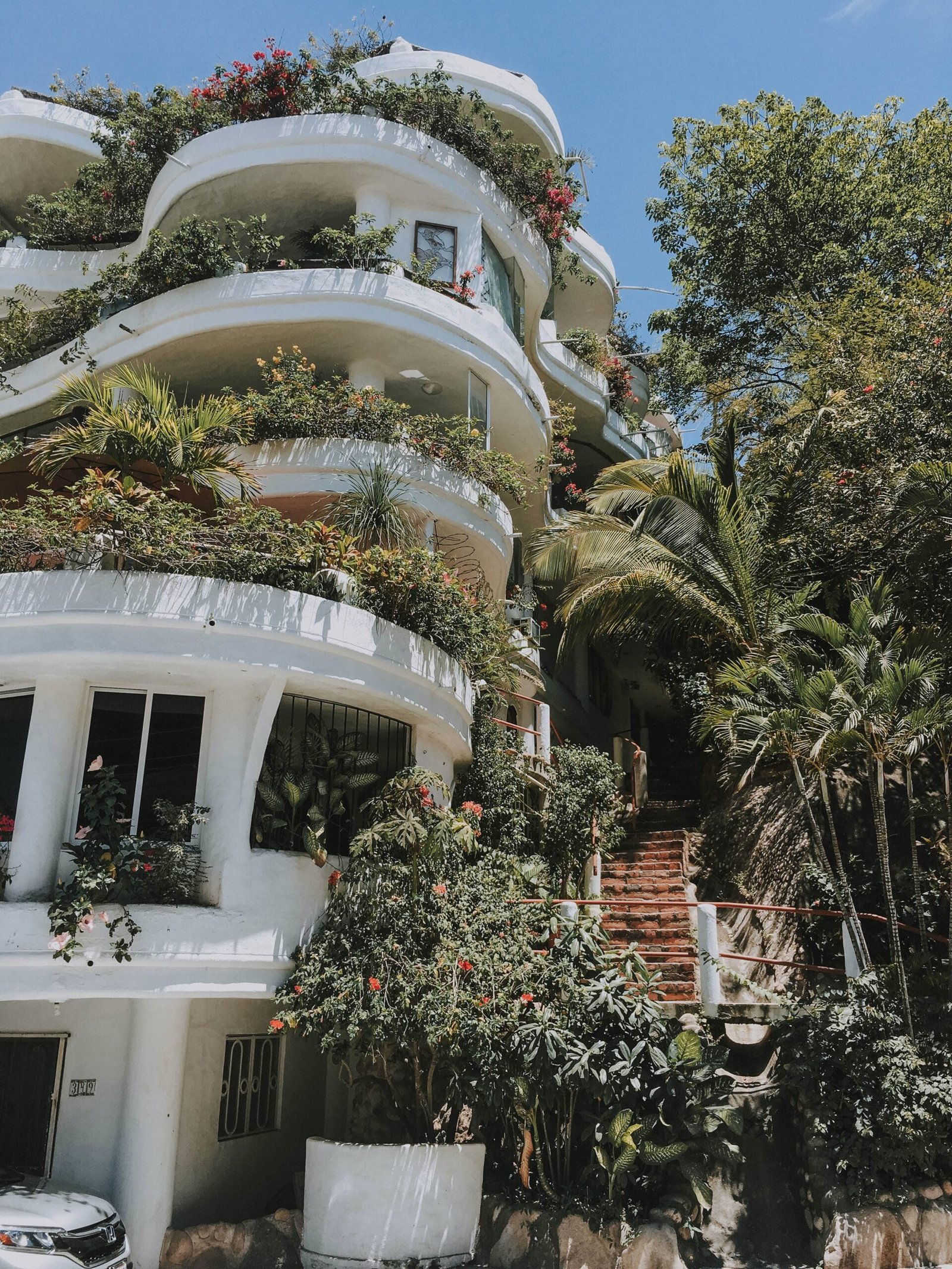In the heart of Maryland, a movement towards sustainability is reshaping homes into eco-friendly havens. “Sustainable Renovations: Embracing Eco-Conscious Practices in Maryland Homes” highlights the concerted efforts of local experts dedicated to crafting spaces that are not only aesthetically pleasing but also kind to the planet. You will be thrilled to discover a world where your home can evolve with eco-smart renovations, from cutting-edge energy-efficient upgrades to utilizing local materials that minimize your carbon footprint. Prepare to be inspired as your living space transforms, honoring both your personal vision and the environment with every thoughtful improvement.

This image is property of images.pexels.com.
Sustainable Concepts for Maryland Home Renovations
When you consider renovating your Maryland home, embracing sustainable concepts can lead to a healthier living environment, potential cost savings, and a positive impact on the planet. Here is how you can integrate eco-conscious practices into your home improvements.
Understanding the Principles of Eco-Conscious Renovation
Eco-conscious renovation is more than a trend; it’s about making choices that benefit you and the environment. You should focus on reducing waste, using renewable resources, and minimizing the use of harmful chemicals. This means selecting materials that are durable, recyclable, or sourced from sustainable practices. As you embark on home renovations, keep in mind that every eco-friendly choice contributes to a healthier Maryland.
Prioritizing Energy-Efficiency in Design Choices
When it comes to design choices, energy efficiency should be at the forefront. Think about how your renovation can reduce energy consumption. This could be through installing additional insulation, using LED lighting, or choosing energy-star-rated appliances that lower your home’s energy footprint.
Incorporating Renewable Energy Solutions
Incorporating renewable energy solutions, such as solar panels or geothermal systems, can greatly reduce your reliance on traditional energy sources. Though the upfront cost may be higher, the long-term savings and environmental benefits are significant.
Strategies for Enhancing Accessibility
With a commitment to inclusivity, it’s important to incorporate strategies that make your home accessible to people of all abilities.
Adapting Homes for People with Disabilities
Adapting your home to be more accessible can include features like ramps, widened doorways, and walk-in showers. Consider installing grab bars in bathrooms and ensuring that pathways are clear and slip-resistant. These modifications can make a world of difference for individuals with disabilities or limited mobility.
Universal Design Features in Sustainable Renovation
Universal design goes hand-in-hand with sustainability. It’s about creating spaces that are usable by all people, to the greatest extent possible, without the need for adaptation. When you renovate, think about incorporating adjustable countertops, lever door handles, and other features that make your space easy for everyone to use.
Using Eco-friendly Materials for Accessible Home Improvements
For your accessible renovations, select eco-friendly materials that do not emit volatile organic compounds (VOCs) which can affect indoor air quality. Materials like bamboo, cork, and recycled glass are both sustainable and suitable for creating accessible spaces.
Pre-Market Preparation and Sustainable Upgrades
If you’re preparing to sell your home, making sustainable upgrades can attract eco-conscious buyers and might even increase your home’s value.
Making Eco-Friendly Improvements for Home Sales
Focus on high-impact eco-friendly improvements that will appeal to buyers, such as installing energy-efficient windows or low-flow toilets. These upgrades not only catch the eye of potential buyers but also demonstrate a commitment to sustainability.
Strategic Renovations with Sustainability in Mind
When considering renovations for pre-market preparation, be strategic. Instead of overhauling entire rooms, look for ways to update them sustainably. Repaint with low-VOC paint, or refinish existing hardwood floors instead of replacing them.
Landscaping for Energy Conservation and Aesthetics
Sustainable landscaping can help conserve energy by providing shade in the summer and windbreaks in the winter. Planting native trees and plants not only looks beautiful but also supports local ecosystems and requires less maintenance.
Eco-Friendly Kitchen and Bathroom Remodels
Kitchens and bathrooms are high-traffic areas that, when remodeled sustainably, can significantly reduce your home’s environmental impact.
Low-Flow Fixtures and Sustainable Materials
In the kitchen and bathroom, install low-flow faucets and showerheads to conserve water. Choose countertops made of recycled or sustainable materials, such as quartz or salvaged wood, to minimize your ecological footprint.
Energy-Efficient Appliances and Lighting
Select energy-efficient appliances that use less water and electricity. Additionally, replacing incandescent bulbs with LED or CFL bulbs not only saves energy but also lasts longer, requiring fewer replacements.
Durability and Longevity in Material Selection
Choosing durable materials means your renovations will stand the test of time. Pick tile flooring, for example, that can handle heavy use and is easy to clean without harsh chemicals.

This image is property of images.pexels.com.
Basement and Open Plan Transformations
Open plan living and finished basements are popular home trends that can also be approached sustainably.
Utilizing Recycled and Reclaimed Materials
For basement renovations or creating an open floor plan, use recycled or reclaimed materials like wood and metal. These materials add character and reduce the demand for new resources.
Designing Spaces with Natural Light to Reduce Energy Usage
Maximize natural light in your space to cut down on electricity use. Consider larger windows or skylights that can brighten a room naturally.
Innovative Ways to Insulate and Seal Basements Sustainably
Proper insulation and sealing in the basement are key to energy efficiency. Use environmentally friendly insulation materials, such as sheep’s wool or recycled denim, and seal any gaps to prevent air leaks.
Incorporating Smart Home Automation
Smart home automation is not just convenient; it’s also a way to manage resource consumption effectively.
Leveraging Technology for Energy Management
Smart thermostats and energy monitors can help you track and optimize your home’s energy use, making your space more efficient and reducing utility bills.
Smart Sensors and Eco-Friendly Home Monitoring Systems
Using sensors that detect motion or daylight can reduce energy waste by turning off lights and electronics when not in use. Plus, eco-friendly home monitoring systems can alert you to water leaks or inefficient appliances.
Integration of Smart Appliances for Efficient Living
Smart appliances can be programmed to run when energy rates are the lowest, and their advanced features can help reduce water and electricity usage, contributing to a more sustainable home.

This image is property of images.pexels.com.
Energy-Efficient Upgrades for Maryland Homes
Specific upgrades can be made to your home to enhance its energy efficiency.
Insulation and Weatherproofing Techniques
Upgrade your home’s insulation with sustainable materials, and use weather-stripping to eliminate drafts. Proper insulation and weatherproofing can significantly reduce heating and cooling costs.
High-Performance Windows and Doors
Installing high-performance windows and doors with good insulation values and air-sealing properties can minimize heat transfer, keeping your home comfortable year-round.
Advanced HVAC Systems and Eco-Friendly Heating Solutions
Investing in an advanced HVAC system or eco-friendly heating solution, such as a heat pump or solar water heater, can improve energy efficiency and reduce fossil fuel use.
Utilizing Local and Sustainable Building Materials
Using local and sustainable materials can lower your renovation’s carbon footprint and support the local economy.
Supporting Local Suppliers and Reducing Carbon Footprint
Purchase materials from local suppliers to reduce transportation emissions and support your community’s economy. Local materials often have a smaller carbon footprint due to reduced transportation distances.
Choosing Materials with Lower Environmental Impact
Select materials like reclaimed wood, recycled metal, or rapidly renewable resources, such as bamboo flooring, to lessen your renovation’s environmental impact.
The Benefits of Using Native Plants in Landscaping
Incorporate native plants in your landscaping for a yard that is low maintenance, drought-resistant, and supportive of local wildlife habitats.
Navigating Regulations and Certifications
Understanding and adhering to local regulations and certifications can ensure your renovation is both sustainable and compliant.
Adhering to Maryland’s Building Codes for Sustainable Construction
Make sure your renovations follow Maryland’s building codes, which may include specific requirements for energy efficiency and use of sustainable materials.
LEED Certification and Other Green Building Standards
Consider aiming for LEED certification or following other green building standards, which can provide a framework for sustainable renovation practices and potentially increase your home’s value.
Grants and Incentives for Eco-Friendly Renovations
Explore grants and incentives available in Maryland for eco-friendly renovations. These financial programs can make sustainable upgrades more affordable and accessible.
Community Impact and Eco-Conscious Living
Your renovations have the power to contribute to a more sustainable Maryland.
Contributing to a Sustainable Maryland
By adopting eco-friendly practices in your home renovation, you become part of a larger movement towards a more sustainable Maryland. Your choices can inspire others in your community and help create a collective impact.
Educating Homeowners on Eco-Friendly Practices
Share your experiences and knowledge with other homeowners. By educating others about the benefits of eco-friendly practices, you can help spread awareness and encourage sustainable living.
The Role of Home Renovations in Local Sustainability Efforts
Your eco-conscious renovation is more than an investment in your home—it’s an investment in the future of your local community. By choosing sustainable methods and materials, you’re contributing to the broader effort to create a thriving, environmentally-friendly Maryland.
Embracing eco-conscious practices in your Maryland home renovation can lead to a healthier living environment, reduce your carbon footprint, and even save you money in the long run. Whether it’s enhancing accessibility or preparing for the market, prioritizing sustainability is an investment in both your household and your community.
